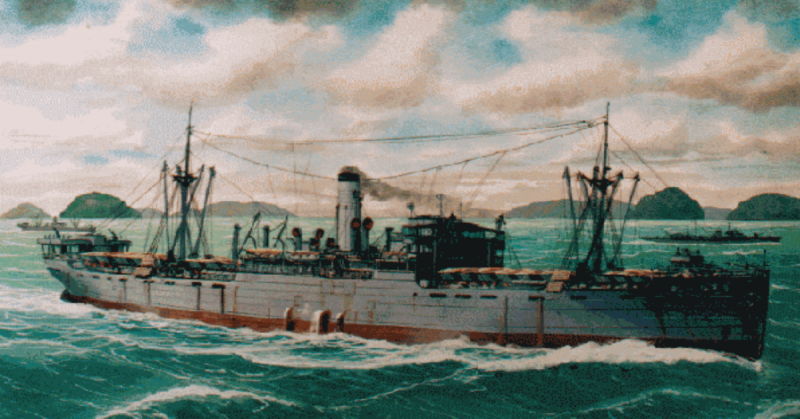Dennis Morley, 98, remembers what it was like in the cargo hold of the ship when he was just a 22-year old in the Royal Scots Regiment. They had been hit by a torpedo, and when the ship started listing that was it for them. They were going down with the ship to drown. Except Morley didn’t.
When the Japanese Army attacked the city of Hong Kong, it was defended by a combination of British, Indian, Canadian, forces as well as others. The Allied Forces in the city held out for 17 days before surrendering in late December 1941. Morley was one of 1,800 British prisoners of war taken from Hong Kong to labor camps in Japan. His transport was the Lisbon Maru.
The Lisbon Maru sunk on October 1st of 1942 taking with it hundreds of British prisoners of war, and now a Chinese film-maker wants to raise it. Some of the families of the victims support the idea, while Morley, one of the survivors, believes it’s a war grave and should be left alone.
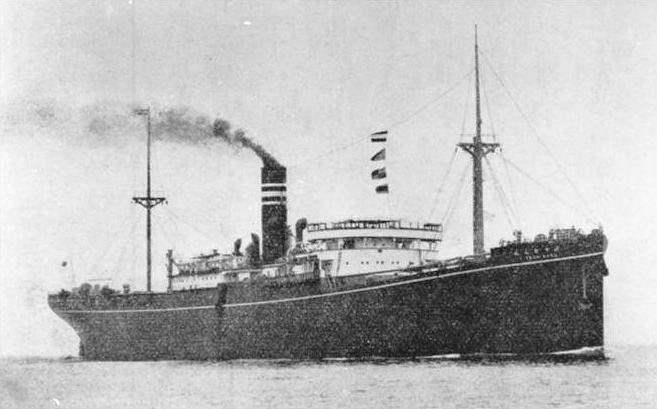
At the hold’s bottom, Morley describes being showered with the diarrhea of soldiers, sick above him. After the torpedo, there was no food or water, and once the hatches were closed off by planks and canvas, they all huddled in the dark, struggling to breathe in the limited air.
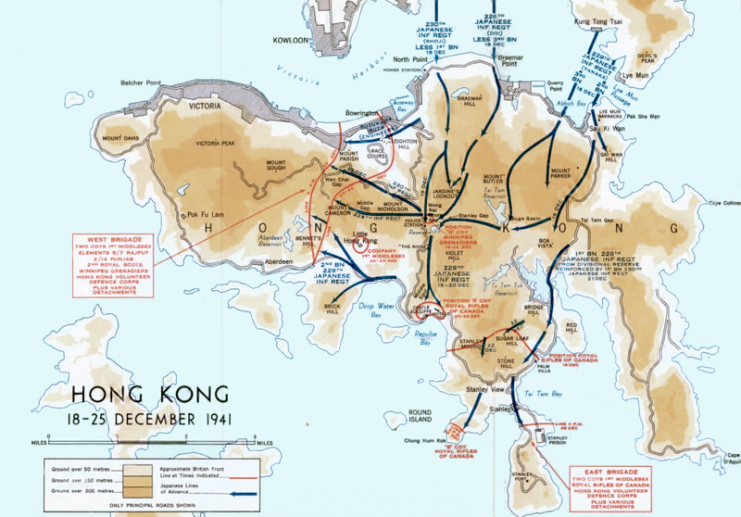
The assumption they labored under was that they would all be ushered off the ship before it sunk. The seven hundred Japanese troops had preceded them, leaving the ship. But after spending a whole day and a night the hull lurched dangerously, and they knew it wasn’t the case. Afterward, they began the frantic attempts to escape.
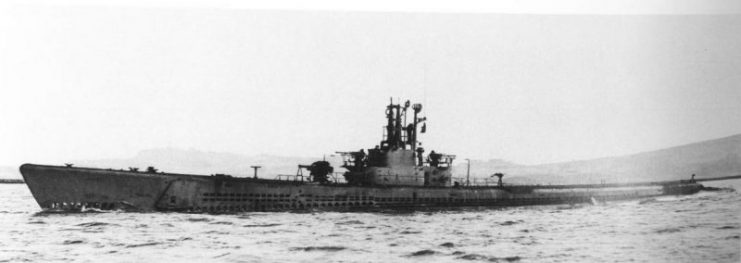
“Well, one chap, he was in the Middlesex Regiment, he was a butcher and the Japanese allowed him this knife, which he was able to put through the planks. He got through to the canvas and cut the canvas, eventually – the whole lot. The canvas could be lifted out of the way and the planks moved which is how we got out,” Morley said.
Panic erupted. Soldiers all fought to be the first to scramble up the only ladder, causing a bottleneck that was only forestalled by Captain Cuthbertson of the Royal Scots, who ordered everyone to quiet down. After which, they climbed the ladder in single file.
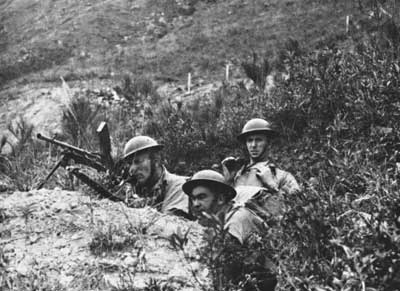
Morely got up and saw that the rear end had disappeared under the waves, leaving just the bow. Their task was to slide off the side of the boat into the water, roll over onto their backs and float away from the ship – all while facing enemy fire from the remaining Japanese guards.
The guards didn’t last long. But that didn’t stop the Japanese machine-gunners from other enemy ships from opening fire, at least until their attention was diverted by the approach of some Chinese fishermen, who had come to the British soldier’s aid.
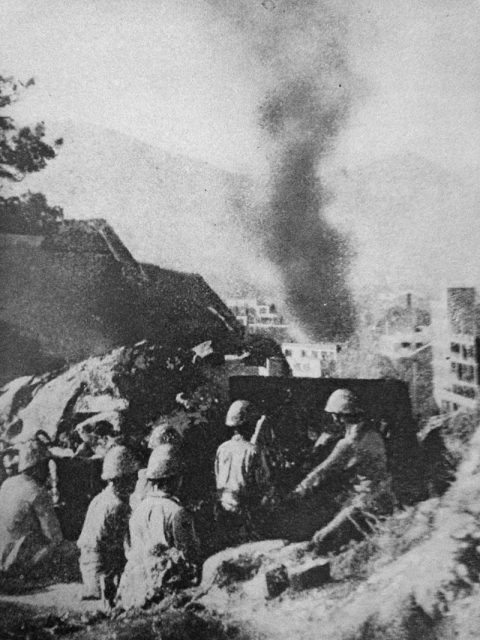
Inside the ship’s hold, the ladder broke under the repeated strain and dozens of men from the Royal Artillery were trapped, and left to drown. The survivors remember them fondly singing “It’s a long way to Tipperary” as the ship descended beneath the waves.
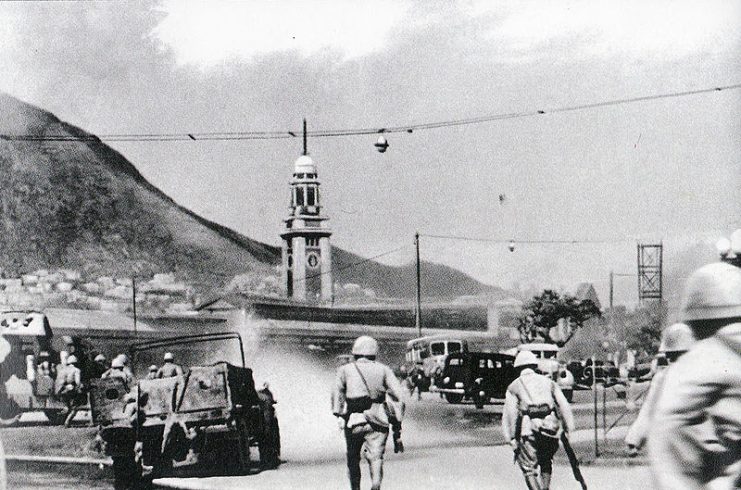
According to Tony Banham, who wrote The Sinking of the Lisbon Maru, Britain’s Forgotten Wartime Tragedy – a total of 828 prisoners of war died, either on board or in nearby waters. Making matters worse, the ship had been torpedoed and sunk by an American submarine, the Grouper, who thought that the ship was like any other support ship, and would only learn that the Lisbon Maru was full of allied war prisoners several days later.
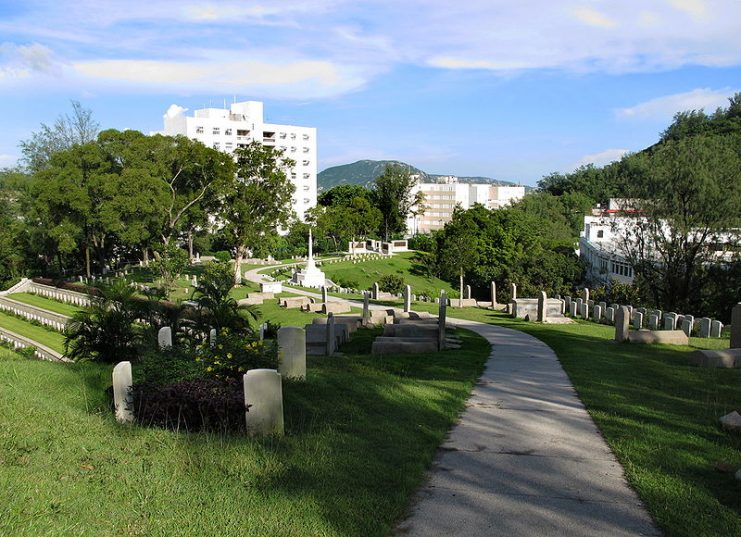
Fang Li, a Chinese film-maker, heard the story from a ferry captain in the Zhoushan archipelago, which is approximately 100 miles south-east of Shanghai, where the ship went down. His investigations included a survey of the area and images of a wreck 460 feet long and 140 feet wide, using sonar technology.
He was certain that this wreck was the Lisbon Maru. He started shooting the documentary on the subject, having located a fisherman who helped to rescue British soldiers in 1942 and placed an advertisement in The Times in an attempt to find even more relatives of the British war prisoners.
